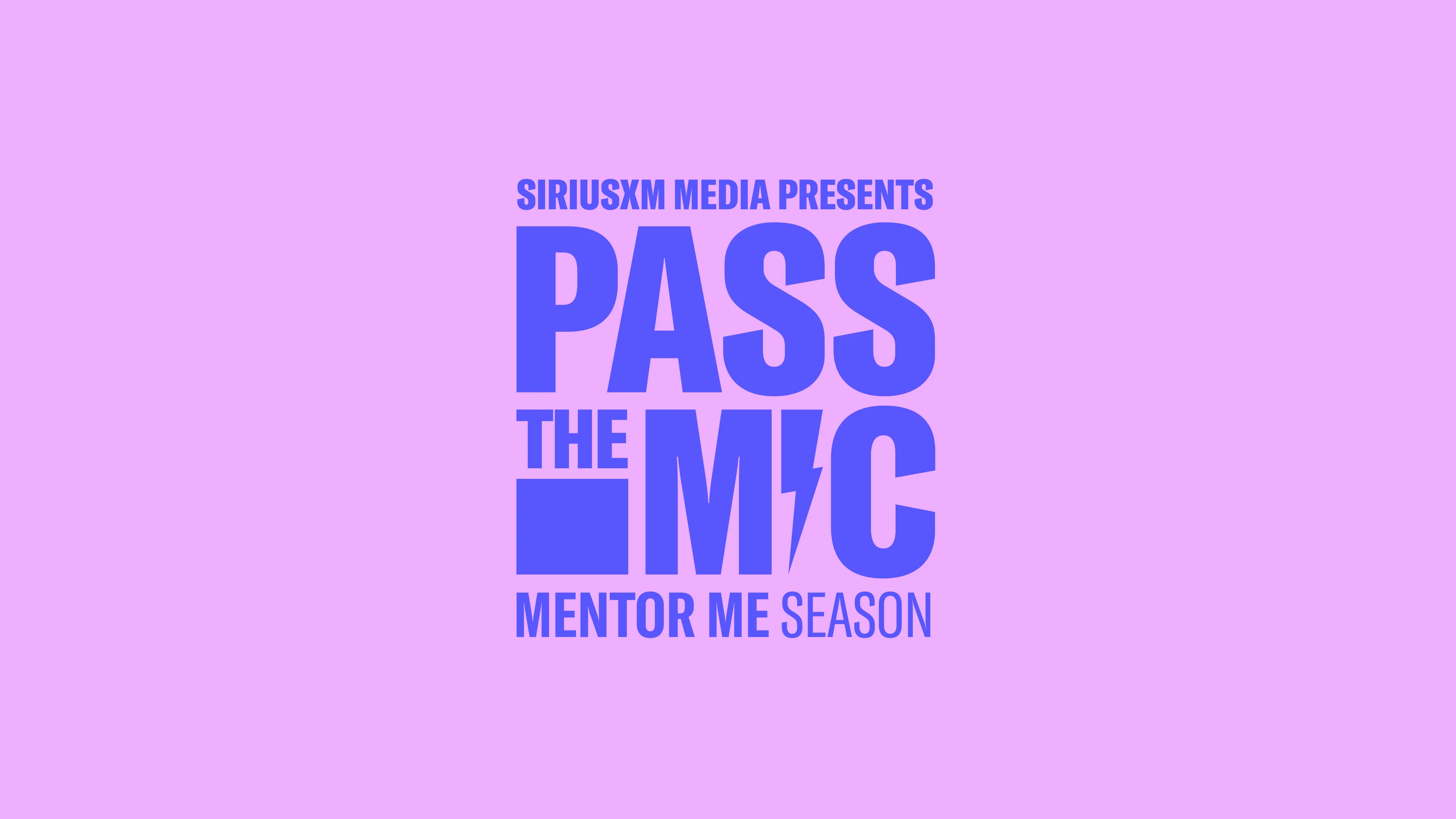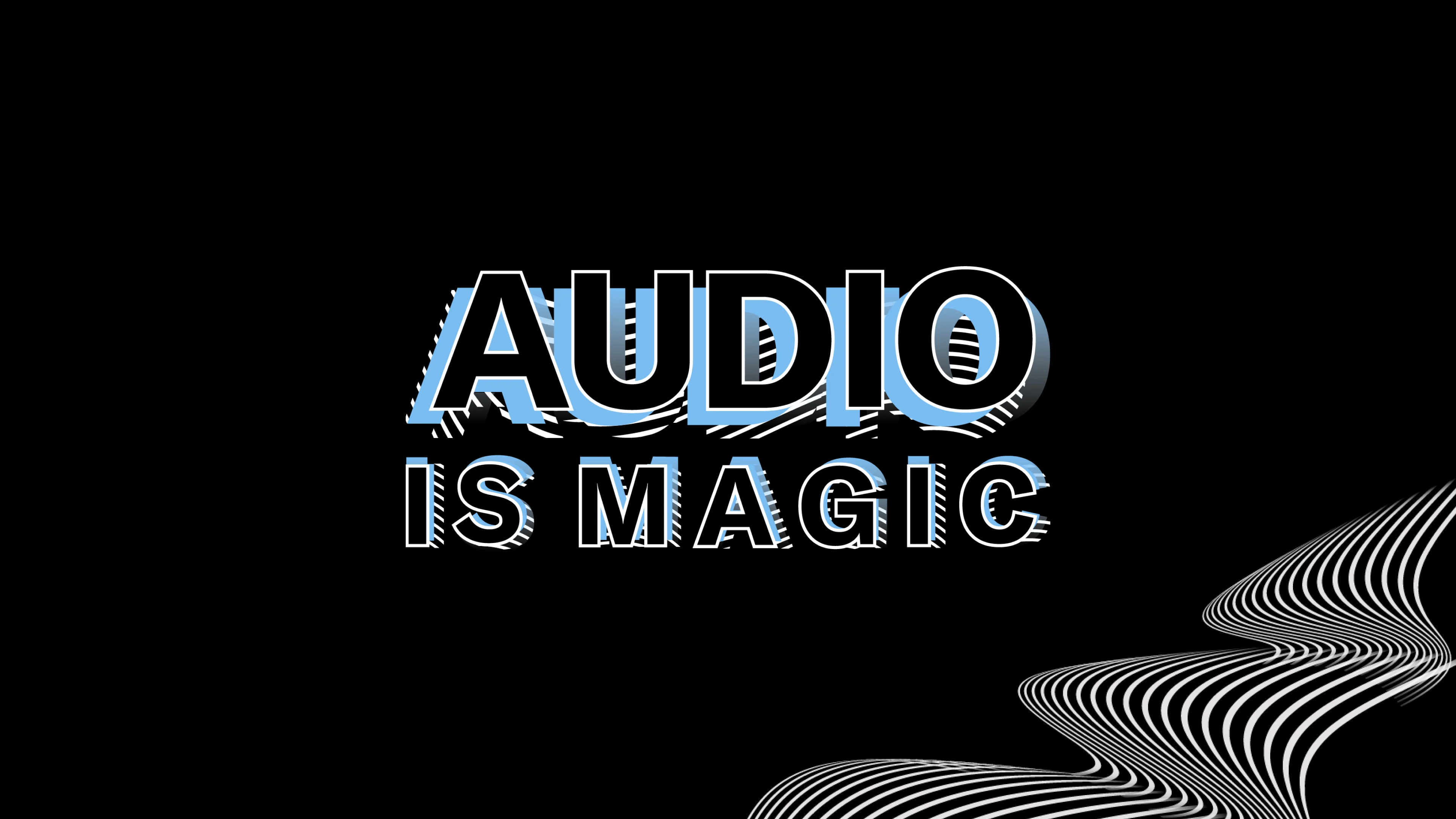12 Tips for Creative Ad Campaigns with Audio
In today's saturated advertising landscape, standing out is more challenging than ever. Brands are constantly seeking innovative ways to capture the attention and imagination of their audiences.
One of the most effective (and underutilized) tools at their disposal is audio. Creative ad campaigns can leverage the power of sound to create memorable and engaging experiences that resonate with listeners on a deeper level.
Let's explore how you can leverage audio to create unforgettable ad campaigns.
The Importance of Creative Ad Campaigns
Creative ad campaigns are crucial for building brand identity and fostering customer loyalty. They not only highlight what makes your product or service unique but also create an emotional connection with your audience. In a cluttered advertising space, creativity can be your secret weapon, making your campaigns memorable and compelling.
But why is creativity so vital? Simply put, consumers today are inundated with advertisements. To cut through this noise, brands need to deliver something unexpected and engaging—something that resonates on a personal level.
How to Use Audio to Create a More Engaging Ad Campaign
Audio has the power to evoke emotions and memories in ways that visual media can't always achieve. By incorporating sound, voice, and music into your campaigns, you can create a multi-sensory experience that enhances brand recall and engagement.
1. Know Your Audience
Understand who you're speaking to and what resonates with them. Tailor your audio content to reflect their preferences and interests.
2. Get Creative with the Script
Your script is the backbone of your audio ad. It's where creativity truly shines. Craft scripts that are witty, engaging, and aligned with your brand's message. Consider leveraging humor or emotion to create a connection with your audience.
Remember, the goal is to make your message stick.
3. Tell a Story
By weaving a compelling narrative, you can transform your message into something relatable and memorable, allowing listeners to connect with your brand on a deeper emotional level.
Whether you’re using dialogue, setting, character development, or plot twists, these elements can breathe life into your campaign, making it not just an ad, but an experience that resonates long after the audio stops playing.
4. Leverage Music and Sound Effects
Music can set the tone and mood of your ad, establishing an emotional connection with the audience and reinforcing the narrative you're aiming to communicate. Sound effects can add a layer of depth and excitement, capturing attention and enhancing the storytelling experience.
Choose elements that not only align with the auditory expectations of your target audience but also reinforce and amplify your brand message, ensuring consistency and engagement throughout the campaign.
5. Unleash the Power of 3D Audio
The magic of 3D audio offers an immersive experience that traditional sound simply cannot match. By creating a surround sound effect, you can transport your audience into an entirely different environment. This not only grabs attention but also elevates the storytelling aspect of your campaign. Imagine a listener feeling as though they're in the heart of a bustling city or surrounded by the serene sounds of nature—all through their headphones.
6. Prioritize Quality Voiceovers (VO)
To truly connect with your audience, ensure that your voiceover talent reflects the diversity and authenticity of your brand. Avoid limiting casting by race, gender, or identity, and consider VO talent outside traditional categories. Opt for a conversational and authentic delivery to take advantage of audio's intimate nature.
7. Stay Updated with Voiceover Trends
The world of voiceover is dynamic, with trends constantly emerging. Stay informed about the latest developments to ensure your campaigns are fresh and relevant. Whether it's experimenting with new styles or trying different vocal tones, staying current can help your brand maintain a competitive edge.
8. Use a Consistent Voice
Consistency is crucial in crafting a memorable brand identity. By maintaining a cohesive and uniform presence across all marketing channels, you reinforce your brand's core values and message, enabling consumers to easily recognize and trust your brand.
This solid foundation not only enhances brand recall but also builds long-lasting relationships with your audience, ultimately fostering loyalty and driving success in your creative ad campaigns with audio.
9. Explore the Potential of AI (Thoughtfully)
AI is already reshaping the voiceover industry. As this technology continues to evolve, finding ethical ways to integrate AI into your VO strategy is crucial. Use AI to enhance, rather than replace, human talent, respecting and valuing the creativity and expertise of the VO community.
10. Optimize for Different Platforms
Consider how your audio will be delivered across various platforms—whether it's a podcast, radio, or streaming service—and adapt your content accordingly.
11. Utilize Digital Audio for Better Targeting
Digital audio platforms offer advanced targeting capabilities that allow you to connect with your audience on a personal level. Instead of broadcasting to a broad audience, digital audio lets you tailor your message to specific listener segments, increasing relevance and engagement.
12. Leverage Sequential Advertising
Sequential advertising allows you to tell your brand's story over time, guiding listeners through a narrative experience. By targeting ads based on previous listener engagement, you can present a coherent storyline that deepens the impact of your campaign. Whether someone has listened or clicked on a prior ad, you can trigger new messages tailored to their behavior.
We’ll Help You Get Your Creative Ad Campaigns Out the Door
Ready to take your ad campaigns to the next level? Our in-house audio agency, Studio Resonate specializes in crafting audio experiences that captivate and engage. Our team of experts is here to guide you in creating campaigns that not only stand out but also resonate with your audience.
Audio is more than just sound—it's an opportunity to connect with your audience on a deeper level. By integrating these strategies, you'll unlock the full potential of your creative ad campaigns.
Learn More About Audio Ad Creative
Related Insights
 Streaming
StreamingDailymotion Attracts Video-Loving, Educated Professionals
Nov 11, 2025 Podcasts
PodcastsDoes Show Size Matter? How Advertisers Win Big with Podcasts
Nov 11, 2025 Digital Audio
Digital AudioReach on Reach: Digital Audio Takes Your Ad Budget Further
Nov 10, 2025 DE&I
DE&I“Lean in more,” Haley Paas from Verizon
Nov 7, 2025








